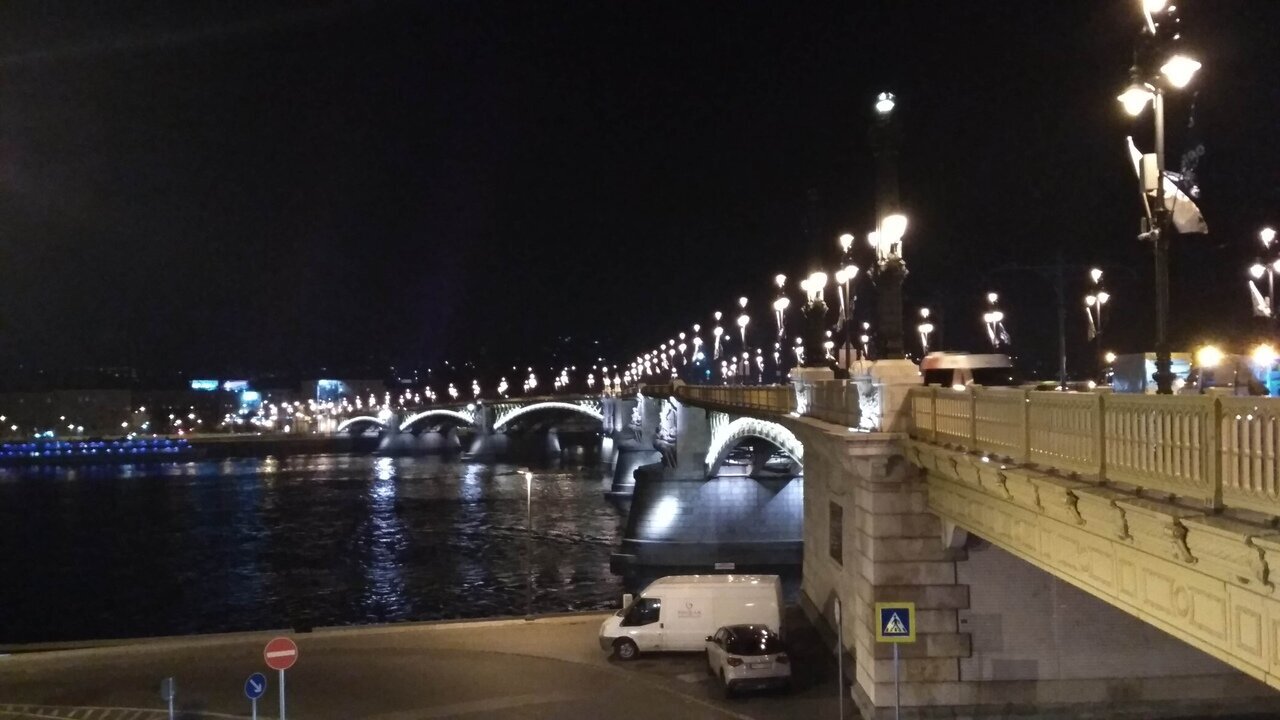The main landmark of the city is the Danube, which divides the capital into two parts: Buda in the west and Pest in the east. The locals distinguish another part of the city — Obuda (Old Buda), it is the district III in the northern part of the city.
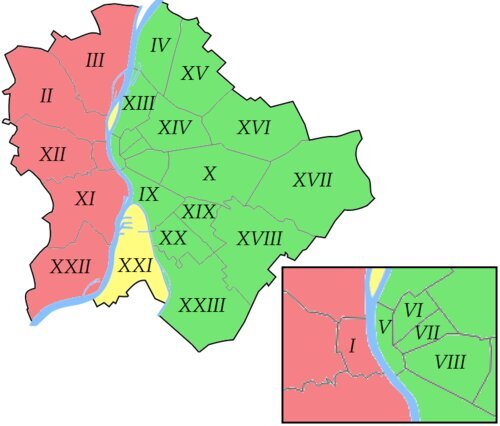
Buda
Buda is marked on the diagram by the pink western sector. The most interesting of its districts are Districts I and II. Here you can find St. Matyas Cathedral, the Royal Palace, the Fisherman’s Bastion and many other famous places. While Pest is located on a plain, Buda is characterized by its mountainous terrain.
District I, Várkerület: Battany Square, Castle Hill
Buda, Castle Hill, Castle Hill (Budavári Palota) are often referred to as Budavar on accommodation booking sites. This part of the city looks much more authentic compared to the rest of Budapest, because in its time this place suffered the least from fires, floods and conquerors. The area of Fortress Hill and its foot is the place where you can find accommodation with a view of the Danube and the Parliament building.
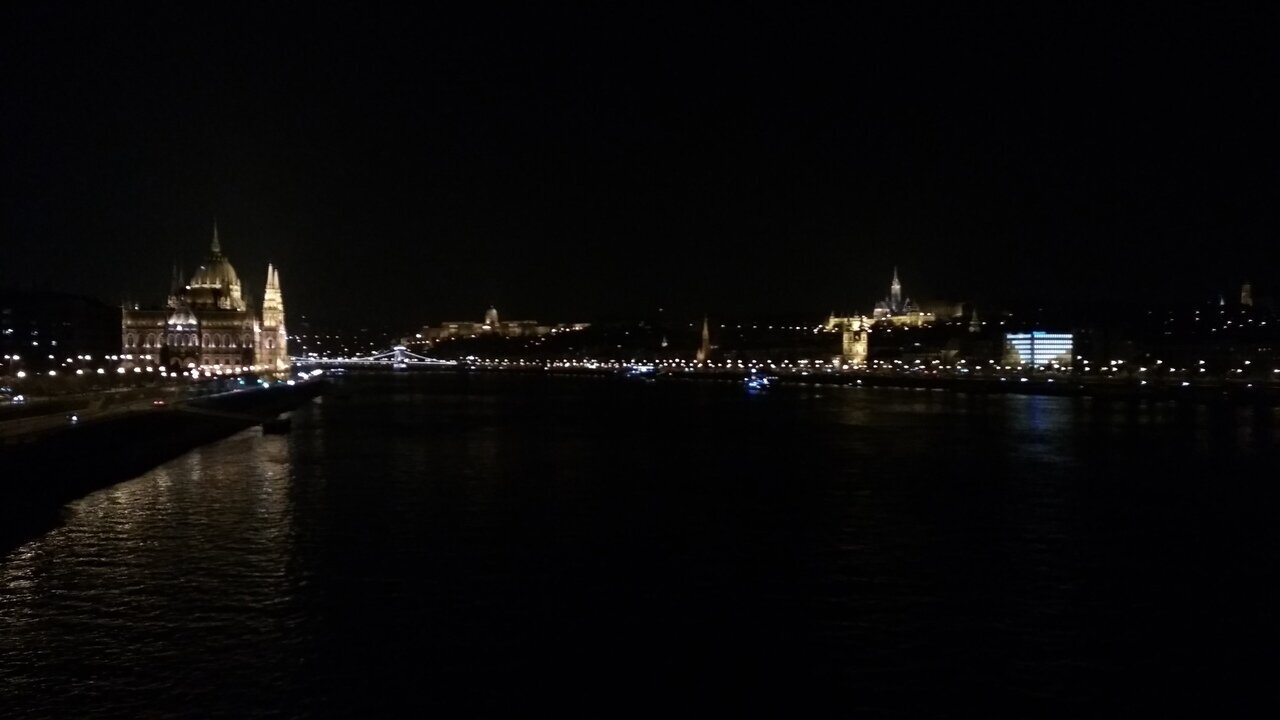
There is a large Billa supermarket in the area (it takes about 30 minutes to get down the hill), many cafes, a train station from which you can go to Centedre and Aquincum. The metro and public transportation will help you get from one place to another faster.
Attractions in the area include Batiani Square (a huge transportation hub of the capital), the Turkish part of Obuda, the Roman amphitheater 20 minutes away on foot, the «umbrella girls» and the royal palace (about 15 minutes away on foot). On the Castle Hill, cute little houses, some dating back to the Middle Ages, cluster along cobbled narrow streets.
The cost of housing in this area is not high, and from the minuses can be noted the presence of local homeless at the foot of the hill. For example, near the crossing and the square in front of St. Anne’s Church you can often meet local vagrants, although they are not aggressive and quite tidy.
If you have a car and lodging on Fortress Hill, you will have to leave your vehicle down near the bottom of the hill.
The district’s subway is one of the main attractions: it is considered the first to be built on the continent, and one of the oldest stations is located at on Batthyány tér.
Area XI: Gellert Hill
This place is located on the other side of the castle hill. It was here that a hospital was built in the middle of the 20th century, which later became a bathhouse with the same name, and which is still in operation today and is the most attractive in the capital. It still manages to preserve its authentic Secession-style furnishings, colored stained glass windows, marble columns and elegant statues. Today, the Danubius Hotel Gellért is a bathing complex with hydrotherapy center. The hotel is often visited by famous people and royalty.
The main advantage of this area is its nature and views: the mountain is completely covered with greenery, there is a famous park on its top, and there are also thermal springs.
Among the sights in the area are the Budapest Citadel and St. István’s Church in the mountain. From the Gellert hill it is easy to get to Pest: just cross the Freedom Bridge and get to the beginning of Váci Street, where you can find many shops and the Nagyčarnok market. To the north of the mountain is the Erzsébet Bridge, which leads to the other side of the Danube.
The downside of this area is considered to be the small selection of vacation accommodations and their high cost.
Margitsiget, Margit Island
Margit-sziget is considered a popular spa destination in the country’s capital. It is located in the middle of the Danube, north of Battiani Square (Buda) and near the West Station (Pest). It is a small island, locals love it and often come here to jog and walk.
The advantages of this place are its nature and the presence of spa complexes and thermal springs. However, due to the island’s remoteness from the main attractions, not many tourists prefer to settle here.
On Margit Island, you can stay in a hotel or inn, each with its own spa complex.
Pest side
Pest is located on a plain. The main sights of the city are located here: St. István’s Basilica, Parliament House, many stores, cafes and restaurants.
- The most popular and touristy area of the city is Belváros, or District v. Sights, bars, restaurants, souvenir stores — everything is here. In District V you will find Andrássy Avenue, where movies about the 18th and 19th centuries are constantly filmed, the zoo, St. István’s Basilica, the ice rink, the Széchenyi baths, the Parliament building (Országház), the circus, and Vajdahunyad Castle.
- From here you can walk to the Buda neighborhood and walk to the Turkish neighborhood.
- Not far from here are the «umbrella girls», the Turkish Quarter and the station building, erected in 1874—1877, designed by Gustave Eiffel.
- A little to the northeast, Terézváros VI (Theresa Town) is home to youth, hipster and bohemian bars, hostels and hotels to suit every budget. The district is dominated by Andrássy Avenue, a tree-lined avenue lined with theaters, unique landmarks and Europe’s oldest subway.
- The neighboring 7th district Erzsébetváros (Elizabeth Town), or Jewish District, is the epicenter of Budapest’s nightlife. There is 24-hour noise here, so it’s best to come here at night and sleep nearby in the V or IX neighborhoods.
- A stone’s throw to the east is the Palace District (Palace District on google maps): the western part of Józsefváros District VIII.
- To the southeast, the neighborhood borders the IXth district of Ferencváros (Francis Town) — the local Soho, or Latin Quarter. Raday Utca is home to the city’s best restaurants, several art galleries and thermal baths. Prices for accommodation are quite low.
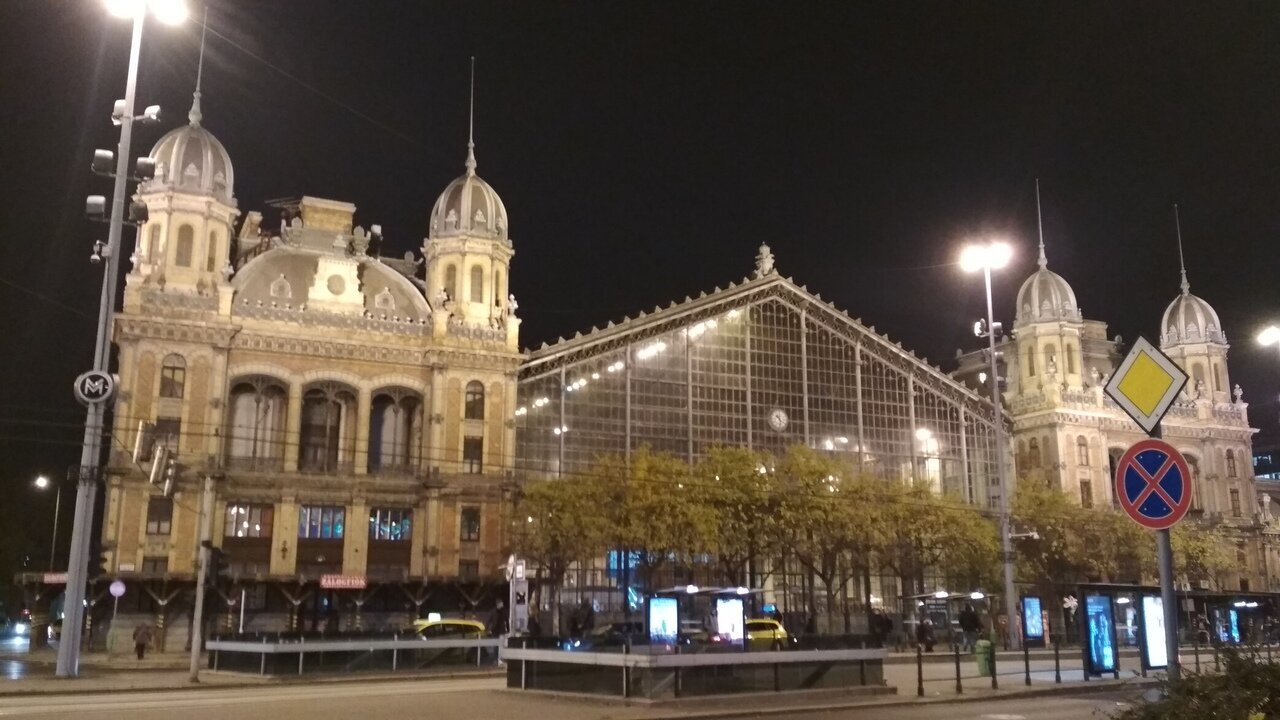
If you are traveling to Budapest with children or for thermal waters, you should settle near Heroes' Square (Hősök tere), but if you are interested in the main sights and market, then closer to Nagycsarnok.
Pluses of the area are considered to be the presence of the metro, tourist offices, beautiful development, inexpensive cafes, food stalls, stores and affordable housing.
It’s quite a long walk from East Station to the main attractions (but there is a subway). This is a good place to stay if you plan to use trains and don’t mind the noise of departing trains. This part has relatively low housing costs and plenty of options.
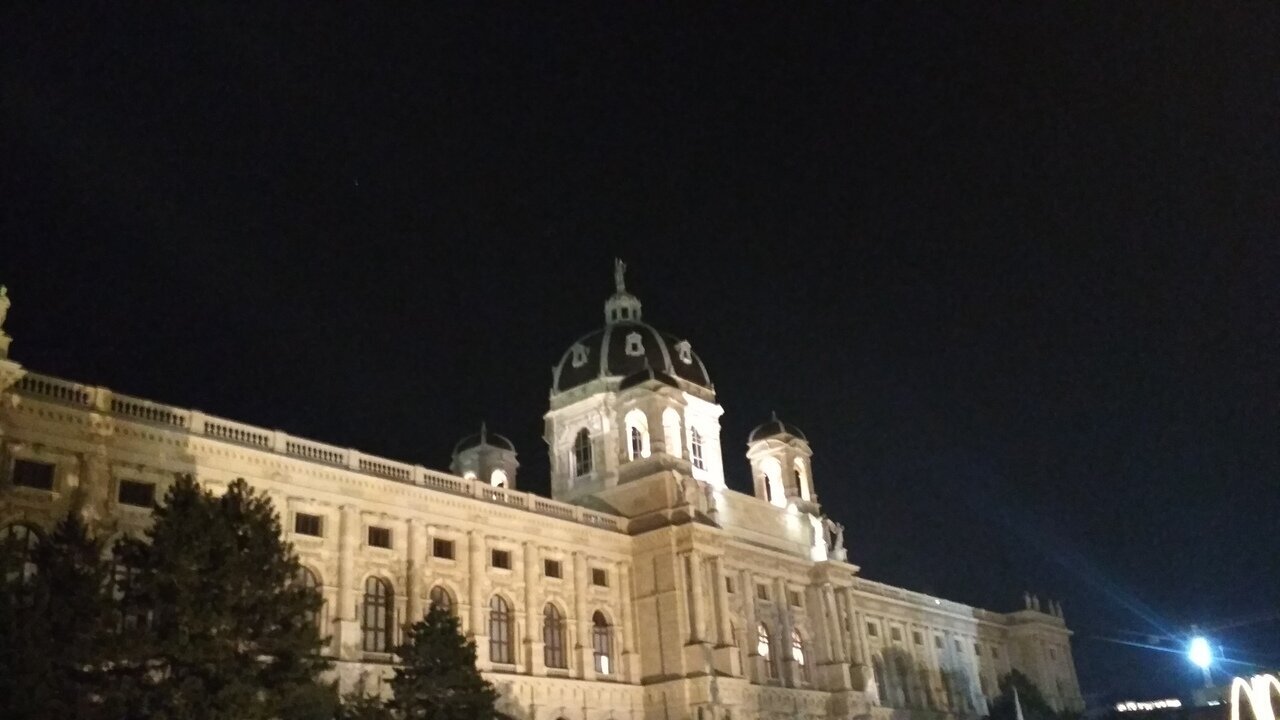
Where to stay?
- The most expensive housing is in districts I and v. They are also quite quiet and suitable for families with children.
- The Budavara neighborhood is suitable for those who want to see authentic Budapest.
- Mount Gellert will appeal to those who come to the city for its thermal springs and water cures.
- On the Pest side are the main attractions. The West Station area is low cost and has a large selection of accommodation, many stores and the train station. Near the Nagyčarnok market, accommodation is more expensive, but the sights and shopping get closer. A quiet, peaceful neighborhood with good restaurants and walking distance to all entertainment is District IX.
- The Heroes' Square is suitable for families, with plenty to keep the kids occupied while the parents enjoy the thermal waters.
- East of the St. István Basilica will appeal to those looking for inexpensive accommodations.
- Margrit Island is characterized by its nature, thermal springs and seclusion.

